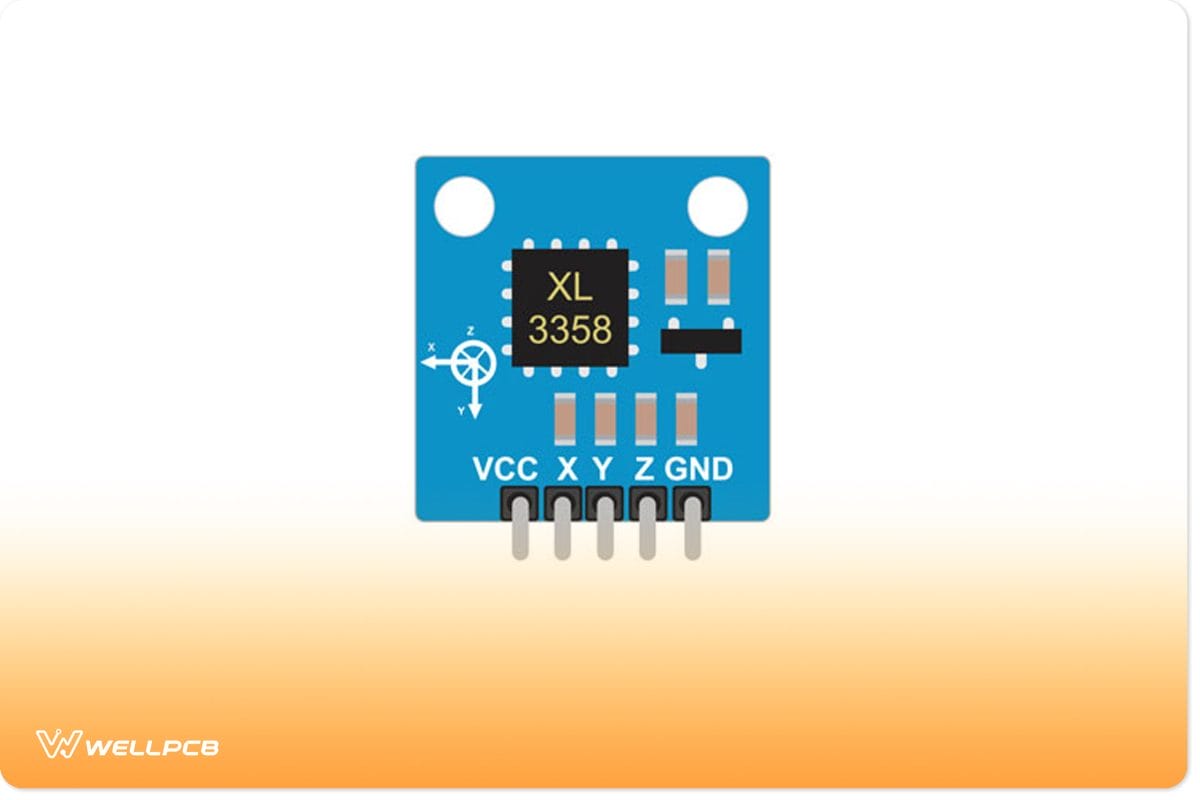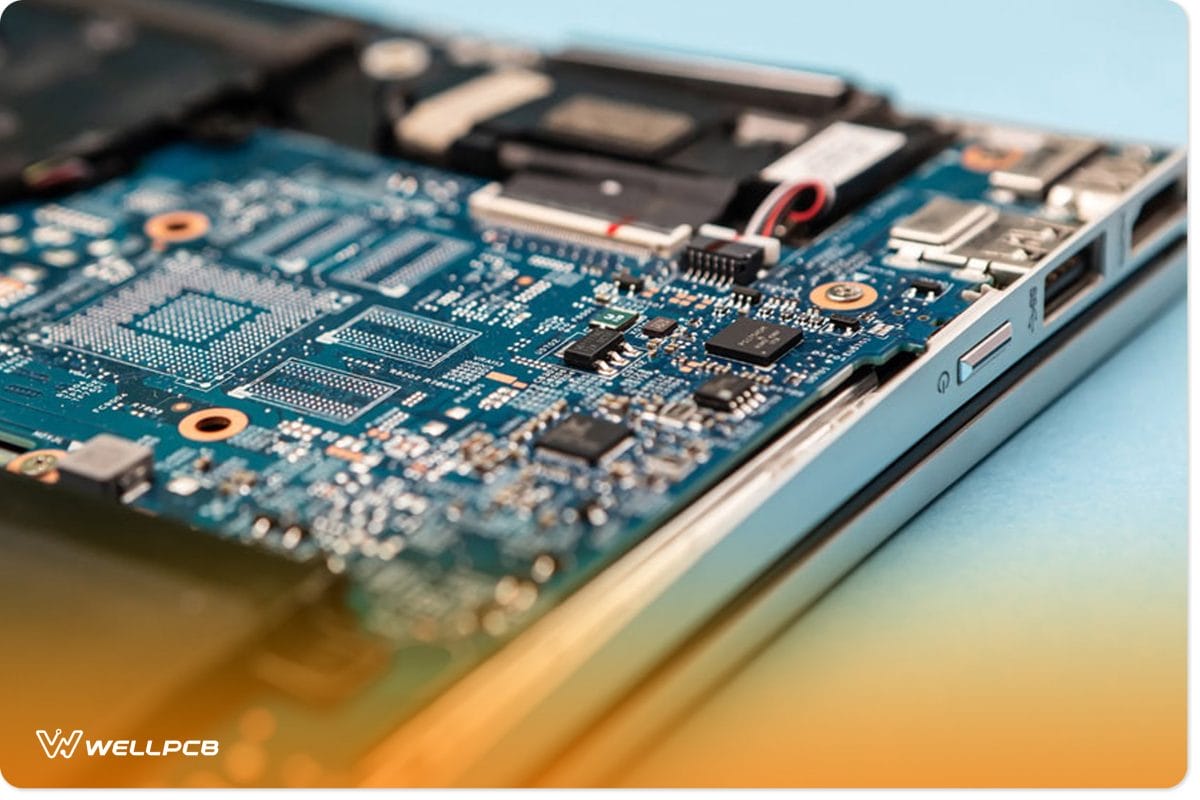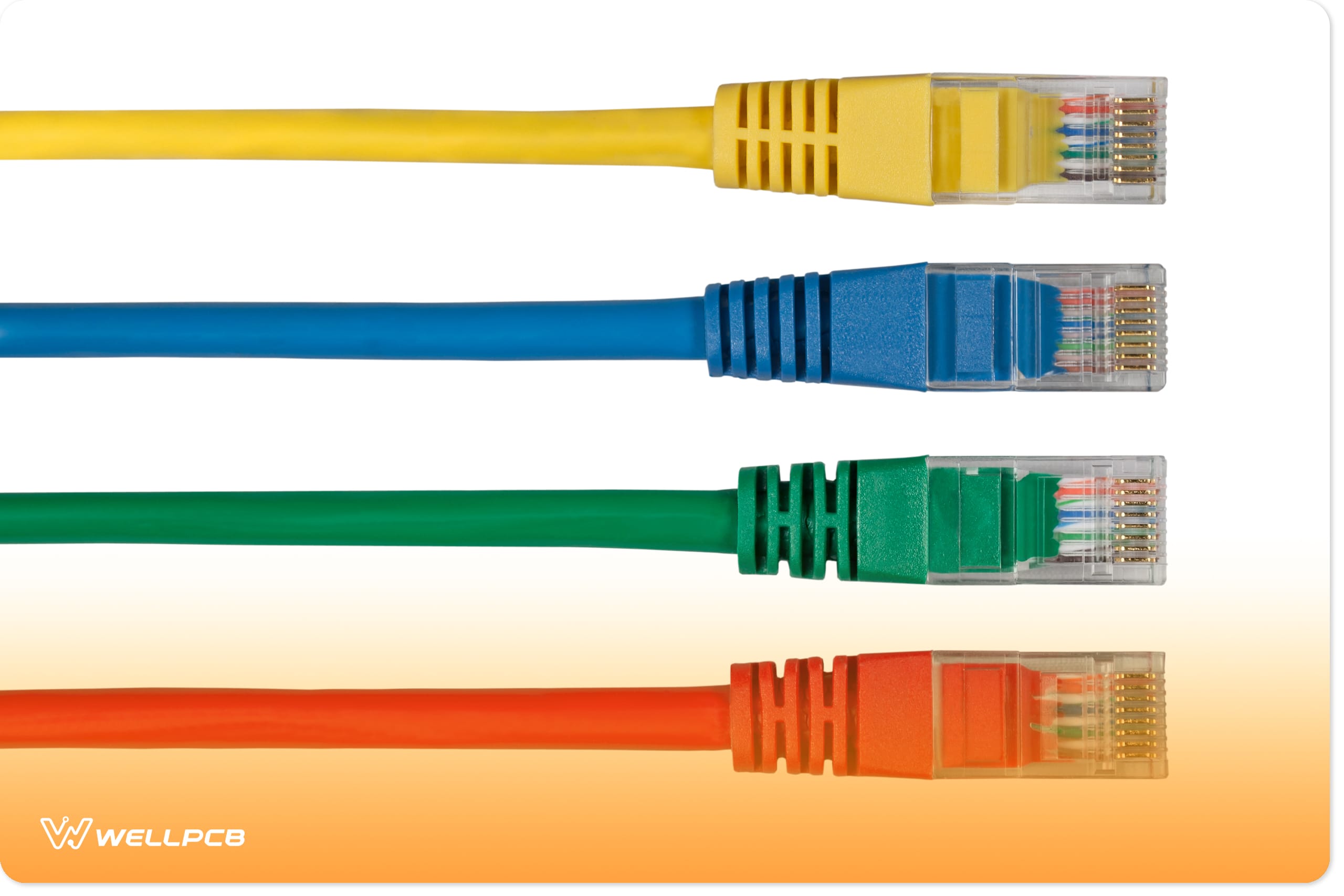Contents
What are Digital Sensors?
Digital sensors are electrochemical or electronic sensors that convert and transmit data digitally via cables.
They then translate the measured signals directly into the digital signal output.
Currently, digital sensors are superseding analog ones because they overcome the shortcomings of analog sensors.
Further on, a transmitter, wire, and sensor make up the digital sensor structure.
In addition to their construction, they measure parameters like redox potential, oxygen, conductivity, and pH.
Digital Sensors Type
The two major categories of electrical sensors that exist are as follows;
Digital Accelerometers
Digital accelerometers often employ pulse width modulation (PWM) to create output PWM signals.
The output electrical signal is a square wave of matching frequency and the duration during which the high voltage is linear to acceleration time.

(accelerometer)
Digital accelerometers are ideal when you use a microcontroller or a basic stamp as a digital input.
Features
- First, it has a factory-programmable offset and compassion and is shock-resistant.
- Then, the type of sensor controls a wide temperature range, making it outstanding.
- Besides being energy efficient, it also has user-selected data rates.
- It’s also possible to achieve lead-free soldering and Digital high-pass filter outputs with the sensor.
- Finally, it uses FILO/FIFO memory buffers.
Applications
You’ll mostly find the digital accelerometers in the practical applications below;
- Personal navigation equipment,
- Industrial electronics,
- Healthcare industry,
- Electronic devices like computer components, in-game controllers, and

(close-up look at computer components)
- Mobile phones and other internet equipment.
Digital Temperature Sensor
They are silicon-based temperature sensors with precise digital outputs. To better understand their concept, we’ll use an example of a DS1620 temperature sensor. The input device is a 9-bit temperature reading digital sensor with three thermal alarms that make it operate as a thermostat.
Usually, THIGH will be high if the device temperature is equal to or higher than TH. Conversely, when the device’s temperature equates to or is below TL, TLOW becomes high. Then, if the device temperature surpasses TH and continues being high until falling below TL, TCOM gets automatically high.
Features
- First, its alarm-search feature command senses and cites devices with outside-programmed-limit temperatures.
- Then, its thermometer resolution is 9-12 bits with a range of values from -550C to +1250C with -100C to +850C accuracy.
- Besides having a data-lined power supply, it requires no additional components.
- Also, its multidrop ability feature simplifies distributed temperature sensing functionalities.
- Lastly, it has a single communication point.
Digital Sensors Example
Arduino projects also use digital and analog sensors. Often, analog sensors use analog I/O pins, while digital sensors go with digital I/O pins.
Sound sensors and Arduino boards may often construct clap-controlled LED lights. Further on, light sensors are also ideal for home automation.

(Arduino interfacing with a digital accelerometer)
Then, digital sensors may design a home-heating system that adjusts room temperature approximately at 25°C and 30°C.
The sensor measures temperature and then produces a voltage that switches off and on the cooling system.
What’s the Difference Between Analog and Digital Sensors?
The primary distinction is in the signal results they produce. In digital form, the signal is non-continuous and takes the shape of ones and zeros.
However, there’s a continuous output signal in, for example, an analog temperature sensor.
Additionally, you’ll find digital sensors in applications like SpO2 and fNIRS (infrared sensor). Contrarily, analog sensor systems are in medical devices like EMG and ECG sensors.

(ECG sensors)
Conclusion
Recent technological advances and applications have sophisticated digital sensors that replace analog ones. For technical assistance with digital or analog sensor projects, don’t hesitate to contact us.





